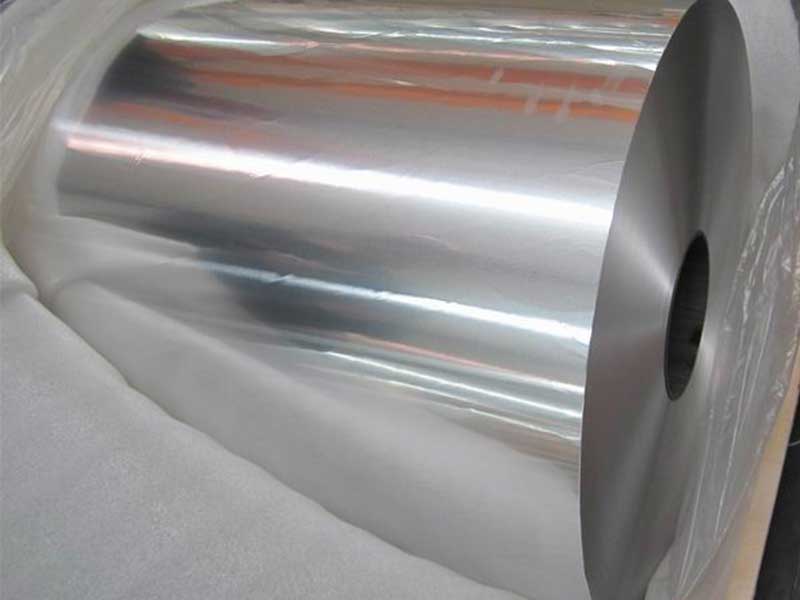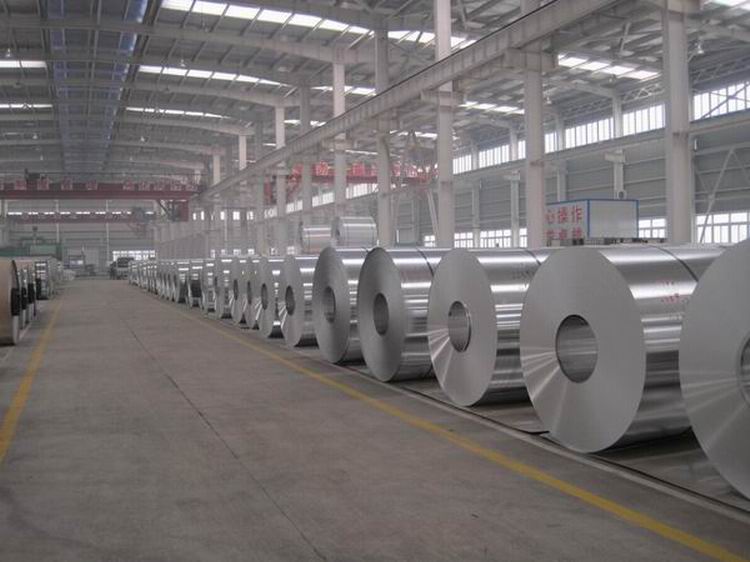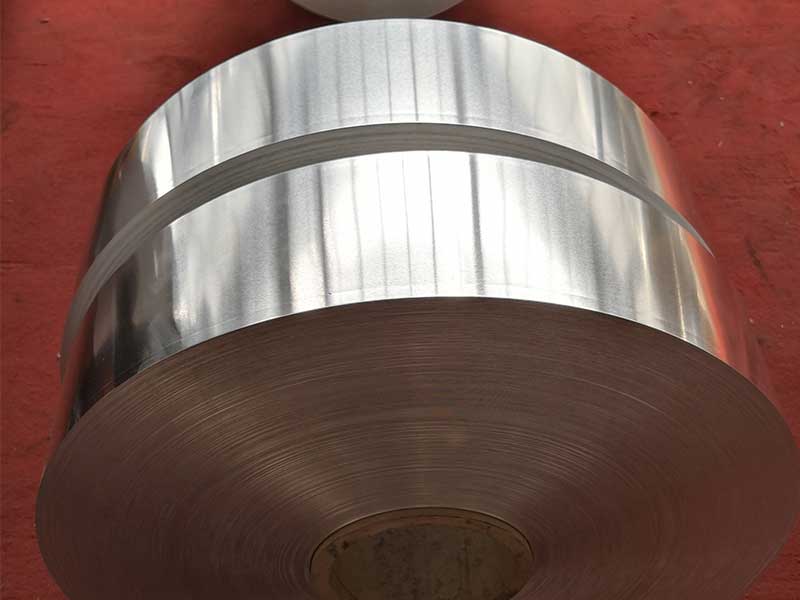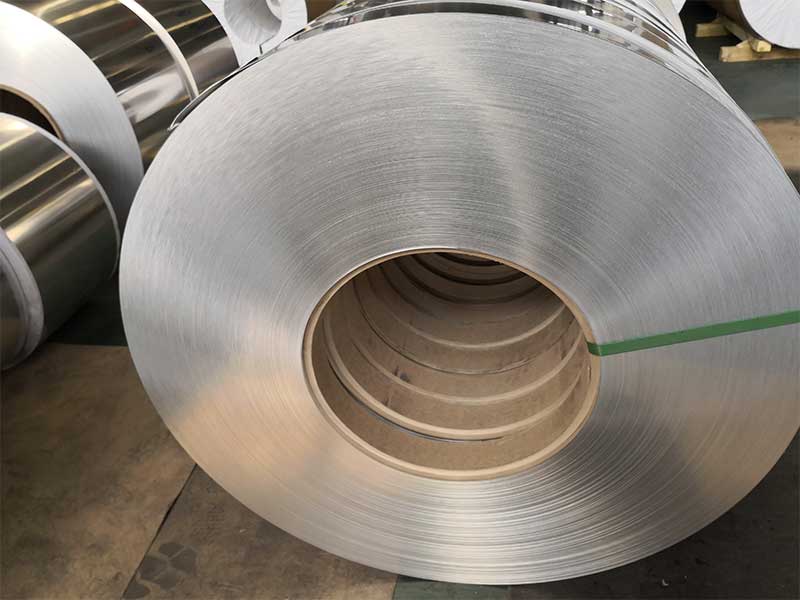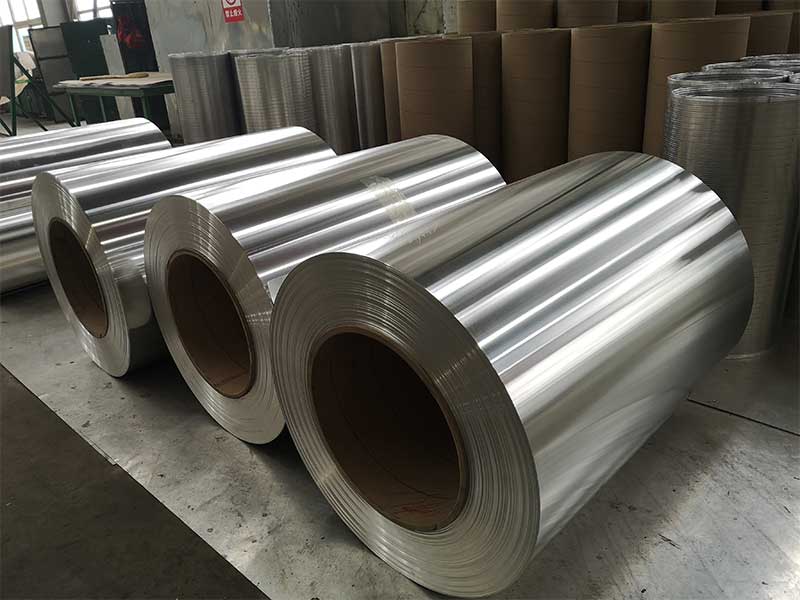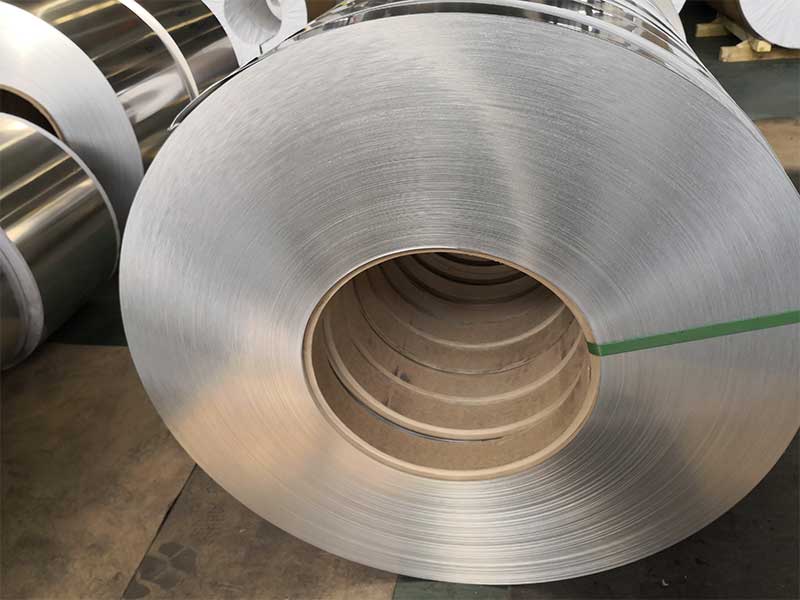20 gauge aluminum coil
The 20 gauge aluminum coil is a versatile, cost-effective, and widely used aluminum product in multiple industries. Offered in continuous coil form and typically produced from commercial-grade aluminum alloys, 20 gauge coils provide a balance of strength, formability, corrosion resistance, and aesthetic finish — making them ideal for roofing, cladding, HVAC, fabrication, and signage applications.
- Thickness: 20 gauge (U.S. standard) = 0.036 inches (0.914 mm) nominal
- Form: Coil (wide stock rolled and wound)
- Typical alloys: 3003, 3105, 5052, 6061 (selection based on required performance)
- Temper: H14/H24/H32 (work-hardened) or O (annealed) depending on application
- Widths: Customizable; common widths 24", 36", 48", and wider
- Coil weight: Depends on width and coil length; commonly 1–10 metric tons per coil
Features and Benefits
- Lightweight: High strength-to-weight ratio reduces structural load and shipping costs.
- Corrosion Resistance: Excellent natural resistance due to aluminum oxide film; improved with alloys like 3003 and 5052.
- Formability: Good drawability and bendability for roofing panels, gutters, and architectural trim.
- Weldability: Many alloys are readily weldable (e.g., 5052, 3003). Some alloys (like 6061) require proper procedures.
- Thermal and Electrical Conductivity: Useful where heat dissipation or electrical conductivity is required.
- Recyclability: Aluminum is highly recyclable without loss of properties, lowering lifecycle environmental impact.
- Aesthetic Finishes: Available in mill, pre-painted (PVDF, polyester), anodized, or coated options for design flexibility.
Technical Specifications
| Parameter | Typical Value |
|---|---|
| Gauge | 20 (U.S. Standard) |
| Thickness (nominal) | 0.036 in (0.914 mm) |
| Tolerance | ±0.001–0.004 in (varies by standard and mill spec) |
| Density | 2.70 g/cm³ |
| Coil ID (inner diameter) | 508 mm (20") or 610 mm (24") typical — customizable |
| Coil OD (outer diameter) | Depends on coil weight and length |
| Surface finish | Mill, polished, brushed, anodized, painted (PVDF or polyester) |
| Typical alloys | 3003, 3105, 5052, 6061 |
| Tempers | O, H14, H18, H24, H32 (varies by alloy) |
| Max width | Up to 1500 mm+ (mill-dependent) |
Chemical Composition (Typical Alloys)
Note: Composition ranges vary by standard (ASTM, EN, JIS). Below are representative compositions.
Alloy 3003 (Mn alloy)
Al: base
Mn: 1.0–1.5%
Fe: ≤0.7%
Si: ≤0.6%
Cu: ≤0.05%
Others: trace
Alloy 3105 (Al-Mn, low Cu)
Al: base
Mn: 0.2–1.0%
Fe: ≤0.7%
Si: ≤0.6%
Cu: ≤0.1%
Alloy 5052 (Al-Mg, higher strength & corrosion resistance)
Al: base
Mg: 2.2–2.8%
Cr: 0.15–0.35%
Fe: ≤0.4%
Si: ≤0.25%
Cu: ≤0.1%
Alloy 6061 (Al-Mg-Si, heat-treatable)
Al: base
Mg: 0.8–1.2%
Si: 0.4–0.8%
Cu: 0.15–0.4%
Cr: 0.04–0.35%
Fe: ≤0.7%
Mechanical Properties (Representative Values)
Values depend on alloy and temper. Below are typical ranges for 20 gauge material.
| Alloy/Temper | Tensile Strength (MPa) | Yield Strength (MPa) | Elongation (%) |
|---|---|---|---|
| 3003 - H14 | 110–140 MPa | 65–95 MPa | 6–12% |
| 3105 - H14 | 120–150 MPa | 70–100 MPa | 6–12% |
| 5052 - H32 | 200–260 MPa | 120–170 MPa | 8–12% |
| 6061 - T6 (if used) | 270–310 MPa | 240–280 MPa | 8–12% |
Performance Characteristics
- Corrosion resistance: Excellent in atmospheric conditions; 5052 offers superior resistance in marine or high-moisture environments.
- Fatigue performance: Good for cyclic loading when properly designed; avoid sharp notches.
- Thermal performance: Low coefficient of thermal expansion vs steels; high thermal conductivity aids heat transfer applications.
- Anodizing and painting: 20 gauge coils accept anodizing and high-quality PVDF coatings for long-term color retention and weathering performance.
Common Applications and Use Cases
- Construction and roofing: Standing seam roofs, soffits, gutters, flashings, and cladding panels.
- Architectural facades: Pre-painted or anodized coil for rainscreens and exterior panels.
- HVAC: Ductwork, plenums, and coils where corrosion resistance and lightweight are valuable.
- Transportation: Body panels, trim, and interior components in automotive and rail (depending on alloy).
- Signage and graphics: Substrate for signs, panels, and industrial labels.
- Fabrication and OEM parts: Enclosures, housings, brackets, and formed components.
- Marine hardware and components: Using 5052 alloy for enhanced corrosion resistance.
Finishing and Processing Options
- Cutting: Slitting, shearing, laser cutting (depending on coil processing).
- Forming: Bending, roll-forming, stamping; temper selection influences springback.
- Coating: PVDF (Kynar) for high-end architectural finishes; polyester for economy options.
- Anodizing: Provides durable oxide finish with varying thickness classes.
- Protective film: Temporary films for painted or delicate finishes during handling.
- Edge treatments: Deburring and protective edge seals for safety and corrosion prevention.
Handling, Storage, and Installation Guidelines
- Store coils in dry, covered areas to prevent moisture accumulation and staining.
- Use appropriate lifting equipment (C-hooks, spreader bars) to avoid coil damage.
- Avoid cross-contamination with dissimilar metals and corrosive substances.
- During forming, take into account springback and use appropriate tooling for 0.914 mm thickness.
- For exterior installations, allow for thermal expansion and provide appropriate fastener fixation compatible with aluminum.
Quality Standards and Testing
- Manufactured to meet standards such as ASTM B209 (sheet and plate), ASTM B209/B209M, EN 485 for aluminum sheet and strip, and specific coil mill certificates.
- Typical tests: thickness/tolerance inspection, mechanical property testing (tensile/yield), chemical analysis, surface quality inspection, coating adhesion and thickness tests for painted coils.
Why Choose 20 Gauge Aluminum Coil?
- Balanced thickness: 20 gauge (0.036") hits a sweet spot — thick enough for structural and exterior use, yet thin enough to be easily formed and economical.
- Versatility: Suitable for a wide range of construction, industrial and consumer applications.
- Long-term performance: Corrosion resistance and finish options provide durable, low-maintenance solutions.
- Cost-effective: Lower weight compared to steel reduces material handling and transportation costs; recyclability improves lifecycle sustainability.
- Customizable: Available in several alloys, tempers, finishes, and widths to meet project-specific needs.
Ordering Considerations
When specifying 20 gauge aluminum coil, provide the following details for an accurate quote and delivery:
- Alloy and temper (e.g., 3003-H14 or 5052-H32)
- Width and coil inner/outer diameters
- Length or coil weight
- Surface finish (mill, anodized, PVDF paint)
- Edge condition and slitting requirements
- Standard/certification requirements (e.g., ASTM, EN)
- Packing and protective film requirements
| Item | Typical Value |
|---|---|
| Product | 20 gauge aluminum coil |
| Thickness | 0.036 in (0.914 mm) |
| Common Alloys | 3003, 3105, 5052, 6061 |
| Tempers | O, H14, H24, H32 |
| Finish Options | Mill, anodized, PVDF, polyester |
| Applications | Roofing, cladding, HVAC, signage, fabrication |
| Advantages | Lightweight, corrosion-resistant, formable, recyclable |


